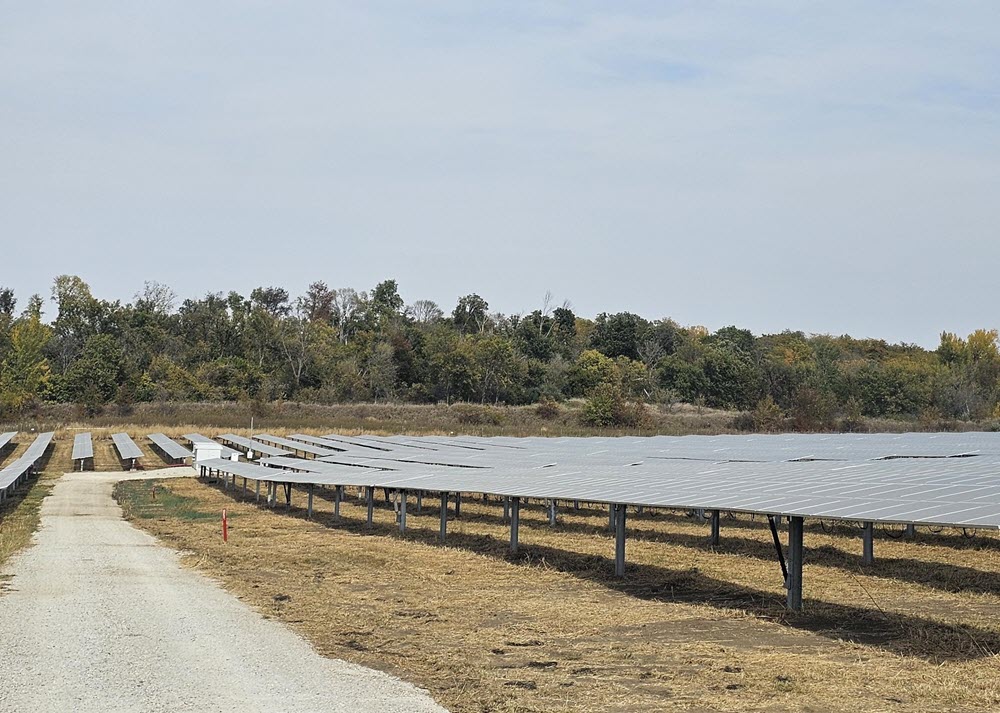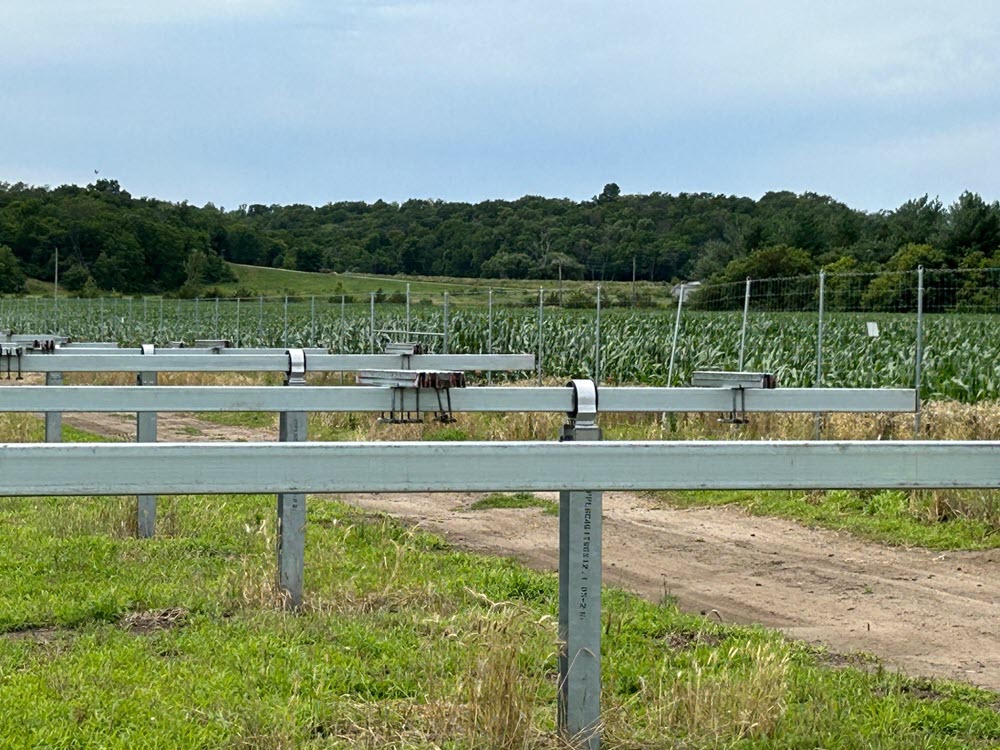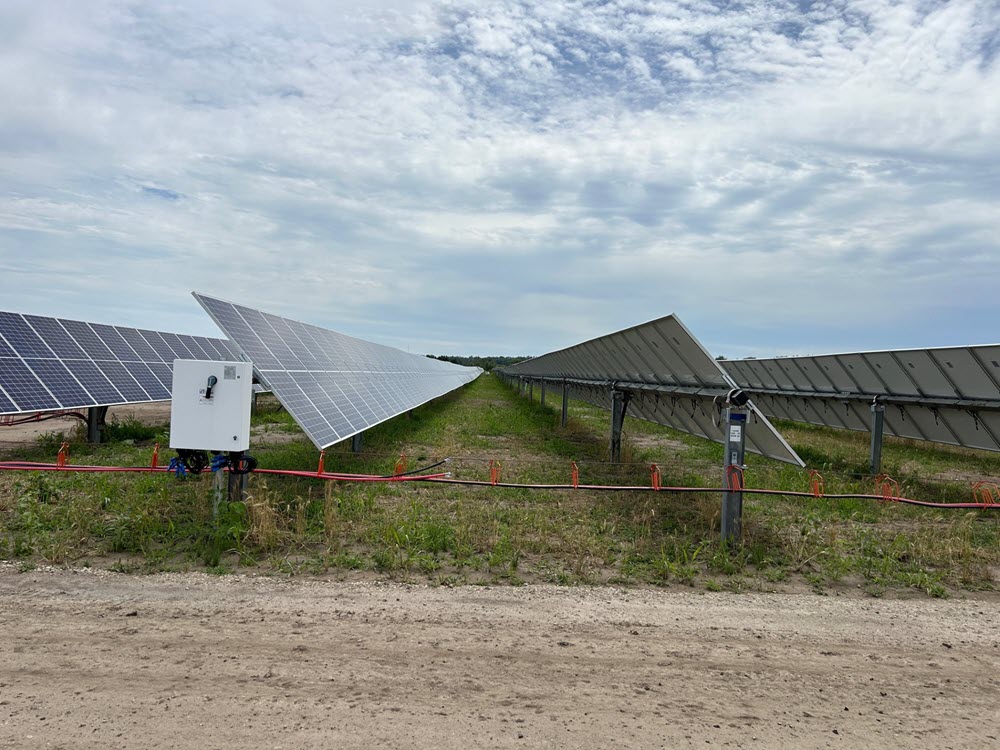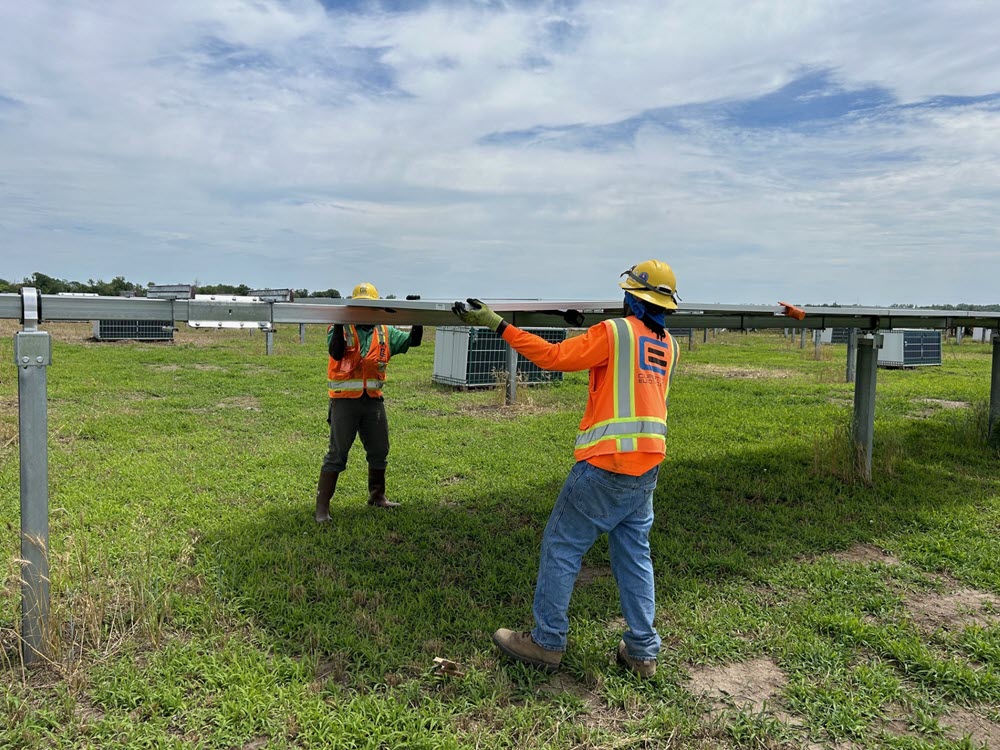The Duane Arnold Solar Project is an estimated 200-megawatt (MW) solar array located in Linn County, Iowa. The Duane Arnold Solar Project will connect into the electrical transmission grid directly through the substation formerly used for the retired nuclear-powered Duane Arnold Energy Center. Once complete, the project will positively impact the environment and generate enough clean, low-cost energy to power at least 40,000 homes annually.
Fast facts
- Location: Linn County.
- Acreage: Approximately 1,100 acres.
- Timeline: We expect to begin construction in 2023 and finish by late 2024.





